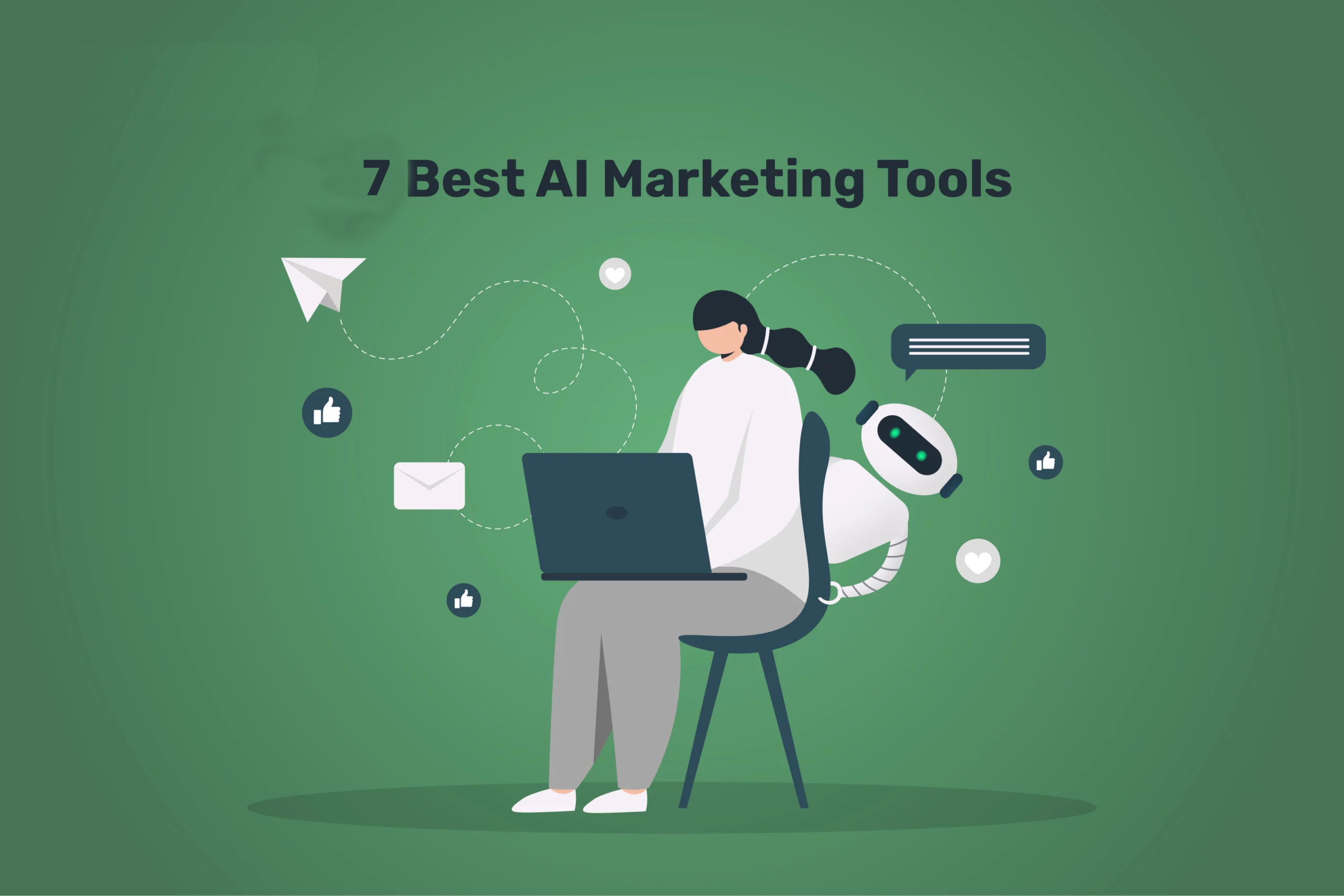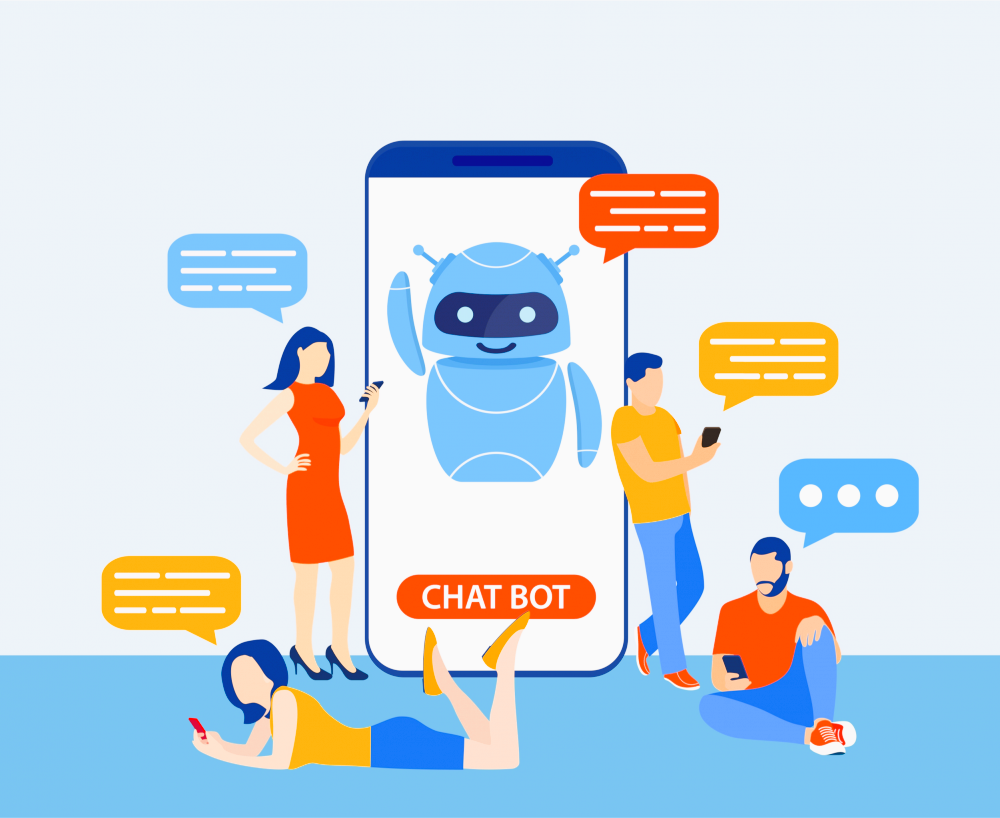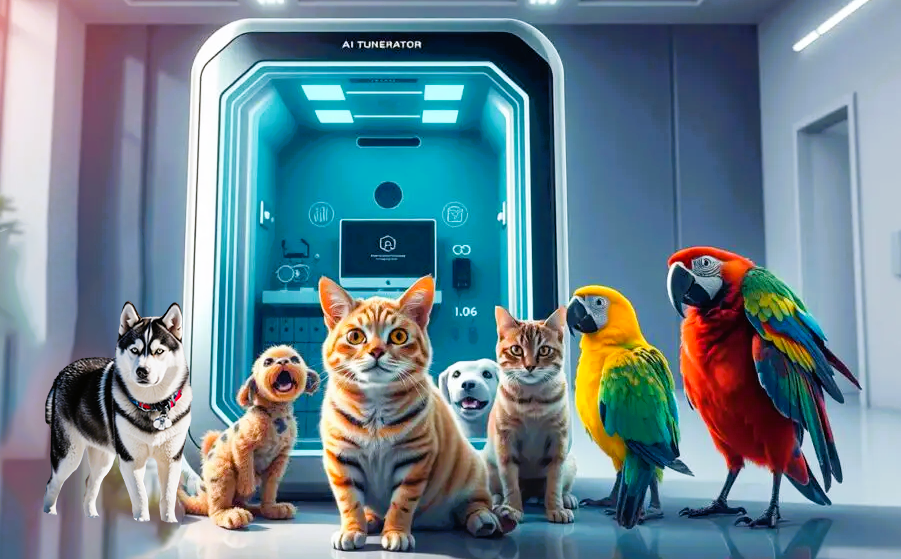OpenAI is a research organization committed to developing and promoting friendly artificial intelligence. Their mission is to ensure that artificial intelligence benefits all of humanity. One of their most notable innovations is ChatGPT, a conversational AI model designed to engage with users naturally and intuitively.
Understanding ChatGPT is essential for a wide range of audiences, from students and educators to business professionals and casual users. This guide will provide a clear overview of OpenAI ChatGPT, its features, applications, and more, making it accessible to everyone.
What is ChatGpt?
ChatGPT is an AI model that specializes in generating human-like text based on the input it receives. It can answer questions, hold conversations, and assist with a variety of tasks, making it a versatile tool for different needs. At its core, ChatGPT is built on a machine-learning technique called a transformer, which allows it to process and generate language effectively.
How does it work? In simple terms, OpenAI ChatGPT has been trained on vast amounts of text data from the internet. This training helps it understand language patterns, context, and the relationships between words. When you type a message, ChatGPT analyzes your input and generates a contextually relevant response. Unlike other AI models that may focus on specific tasks, ChatGPT is designed for broader conversation and engagement, making it more user-friendly.
Key Features of ChatGpt
ChatGPT has several standout features that make it appealing to users:
- Conversational Ability: ChatGPT can engage in meaningful discussions on a wide range of topics. Whether you’re looking to chat about hobbies, seek advice, or explore new ideas, it can adapt to the conversation flow.
- Writing Assistance: It can help with drafting emails, writing essays, or creating content for blogs and social media. ChatGPT can suggest edits, improve sentence structure, or even generate entire paragraphs based on a prompt.
- Language Support: ChatGPT supports multiple languages, making it accessible to a diverse audience. This feature allows users from different linguistic backgrounds to engage with the AI comfortably.
- User-Friendly Interface: Its design encourages interaction. Users can easily type in their queries or prompts, and the AI responds in a conversational tone, which feels more engaging than traditional search engines or static AI tools.
These features collectively enhance user experience and encourage more people to explore the potential of conversational AI.
Applications of OpenAI ChatGpt

OpenAI ChatGPT finds applications across various fields, demonstrating its versatility:
- Education: Students can use ChatGPT to clarify concepts, get assistance with homework, or practice language skills. For instance, it can help explain complex math problems or provide summaries of historical events, making learning more interactive.
- Business: Companies are leveraging ChatGPT for customer service, generating reports, and streamlining communication. For example, a business might use it to automate responses to frequently asked questions, freeing up human resources for more complex issues.
- Content Creation: Writers and marketers benefit from ChatGPT’s ability to generate ideas and draft content. It can help brainstorm topics for articles, create engaging headlines, or provide outlines for presentations.
- Entertainment: Many people enjoy using ChatGPT for creative writing, storytelling, or even playing text-based games. Users can prompt it to create fictional scenarios or develop characters, adding an element of fun to their interactions.
These applications highlight the practical benefits of OpenAI ChatGPT in everyday life and work, making tasks easier and more efficient.
How to Use ChatGpt Effectively
To get the most out of ChatGPT, consider the following tips:
- Be Clear and Specific: The more precise your questions or requests, the better the responses you’ll receive. For example, instead of asking, “Tell me about dogs,” you might ask, “What are the main characteristics of Labrador Retrievers?”
- Use Follow-Up Questions: If the response isn’t quite what you were looking for, don’t hesitate to ask follow-up questions for clarification or more details. This helps refine the conversation and improves the quality of the information provided.
- Experiment: Try using ChatGPT for various tasks to discover its full range of capabilities. Whether you need help with writing, learning a new topic, or brainstorming ideas, exploring different uses can yield surprising results.
- Set the Tone: If you prefer a formal or casual tone, you can specify that in your request. For example, you could say, “Explain climate change in a simple, friendly way.”
Avoid common mistakes like expecting perfection or using overly complex language. Remember, while OpenAI ChatGPT is a powerful tool, it is not infallible and should be used with a critical eye.
Limitations of ChatGpt
Despite its strengths, OpenAI ChatGPT has notable limitations:
- Understanding Context: While it can hold conversations, ChatGPT may struggle with context, especially in longer dialogues. It might lose track of earlier parts of the conversation, leading to irrelevant or repetitive responses.
- Accuracy of Information: ChatGPT can generate incorrect or outdated information. It does not have access to real-time data or specific databases, so it’s crucial to verify any important facts it provides.
- Creativity Constraints: Although it can generate creative content, it lacks true creativity or emotional understanding. Its outputs are based on patterns learned from data rather than genuine inspiration.
- Potential for Bias: The AI reflects biases present in the data it was trained on. This means it might unintentionally produce biased or insensitive content. Users should remain vigilant and aware of this aspect when interacting with it.

Understanding these limitations is essential for using ChatGPT effectively. Always apply critical thinking and seek additional information when necessary.
The Future of ChatGpt
The development of ChatGPT is ongoing, with researchers constantly working on improvements. Future versions are expected to feature an enhanced understanding of context, more accurate responses, and even better conversational abilities. As AI technology advances, we may see ChatGPT integrated into more applications, making it an even more valuable resource in education, business, and beyond.
Moreover, advancements in AI ethics and guidelines will likely shape how OpenAI ChatGPT is used in society. As businesses and individuals adopt this technology, there will be a growing emphasis on ensuring responsible usage that considers the impact on users and communities.
Ethical Considerations
The rise of AI tools like OpenAI ChatGPT brings important ethical concerns:
- Misinformation: ChatGPT can inadvertently spread false information, which poses a risk, especially when used in educational or professional settings. Users must verify the information it provides.
- Privacy: Users should be cautious about sharing personal information. AI tools should handle data responsibly, and users should be aware of what information they disclose during interactions.
- Bias and Fairness: The AI can reflect societal biases present in its training data. Developers and users alike have a role in recognizing and addressing these biases to promote fair use.
To promote ethical practices, users should be informed about these issues and engage with AI responsibly, ensuring that their interactions align with broader societal values.
User Experiences

Feedback from users offers valuable insights into the effectiveness of ChatGPT:
- Students: Many students find ChatGPT helpful for understanding difficult subjects and preparing for exams. They appreciate the ability to ask questions at any time and receive instant feedback.
- Business Professionals: Users in the business sector enjoy the time-saving benefits of automating routine tasks and improving communication. OpenAI ChatGPT helps them focus on more strategic activities.
- Creative Writers: Writers use ChatGPT as a brainstorming partner, enjoying how it can generate unique ideas and assist in the writing process. Many find it inspiring and a useful tool for overcoming writer’s block.
These experiences illustrate the wide-ranging impact of ChatGPT across different fields, encouraging more individuals to explore its capabilities.
Conclusion
OpenAI ChatGPT represents a significant advancement in artificial intelligence, offering a versatile tool for communication, learning, and creativity. As we navigate this digital landscape, it is essential to use AI technology responsibly, keeping in mind its capabilities and limitations. By engaging thoughtfully with ChatGPT, users can harness its potential to enhance their personal and professional lives.
Encouraging exploration and open dialogue about AI will foster a deeper understanding of its role in our world, paving the way for a future where technology and humanity work hand in hand. Whether you’re a casual user or a professional seeking assistance, ChatGPT is a valuable resource worth exploring.





